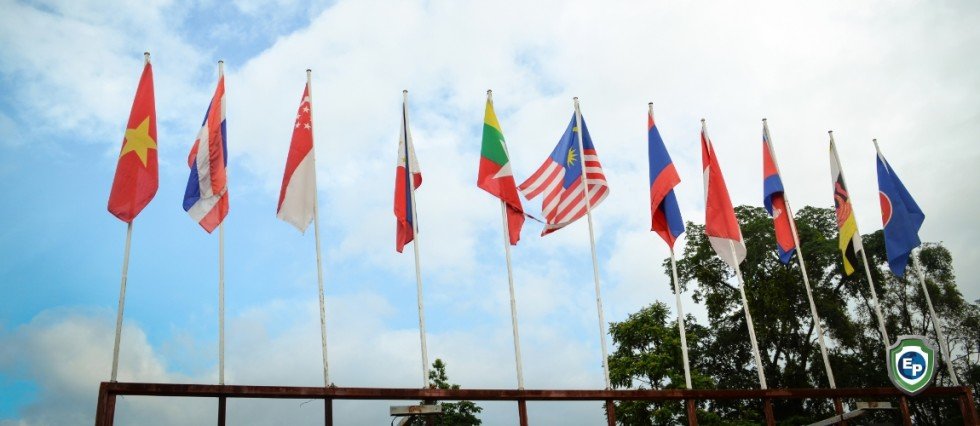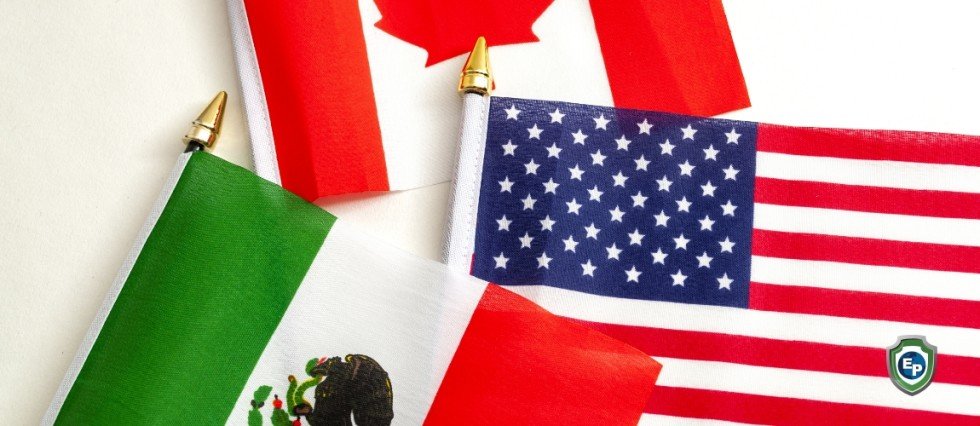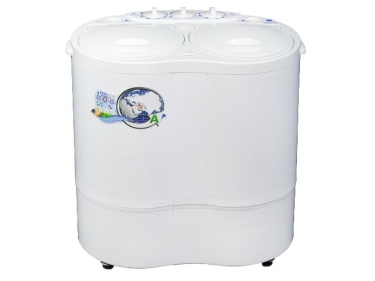What Is the Difference between NAFTA and ASEAN?
Come read our blog to learn more about the differences between NAFTA and ASEAN, both of which strive to ease trade among the members and boost their participation in international trade.

NAFTA stands for "North American Free Trade Agreement." It was introduced in 1994 and created a free trade zone for Mexico, Canada, and the United States.
NAFTA was successful in many ways and became an important cornerstone of the U.S.-Mexico commercial relationship. As of January 1st, 2008, all tariffs and quotas were eliminated on U.S. exports to Mexico and Canada.
Besides tariffs, NAFTA also reduced export risks and made clearing and forwarding easier. Companies shipping between the two countries were allowed to take advantage. However, NAFTA also had some downsides. For example, it threatened U.S. manufacturing jobs, such as those in the automobile exporting industry.
NAFTA was overhauled and replaced in 2018 by the United States-Mexico-Canada Agreement, abbreviated "USMCA."
What Is ASEAN?
ASEAN stands for “Association of Southeast Asian Nations.” Similar to NAFTA, ASEAN also aims to facilitate trade amongst the bloc members. It strives to help the member states become more engaged in global trade as well.
Thanks to ASEAN, many trade operations such as shipping, car exporting, clearing, and forwarding became easier. But ASEAN is much more than "just" a free trade agreement.

Differences between NAFTA and ASEAN
And that's where ASEAN fundamentally differs from NAFTA. The latter never had the aspiration to develop into a political union. ASEAN, on the other hand, aims at much deeper integration way beyond trade. It also focuses on social and cultural cooperation and strengthening security and military ties.
Contrary to the European Union (EU), ASEAN does not have a common parliament or common laws. However, the member states have a deeper level of political integration than the NAFTA member states, which never had the goal of sharing sovereignty or establishing a political union.
It remains to be seen where ASEAN is headed. It might stay a trade-focused agreement with certain political aspects for a long time. Depending on the member states, it could also develop into much more than that and become something rather similar to the EU than NAFTA.
Learn More with Export Portal
At Export Portal, we aren’t just a comprehensive trade platform for you to buy and sell global products on. We also know how important it is for our users to stay informed on the various updates in international trade. Subscribe to our newsletter today for the latest B2B export news!


















Comments 0